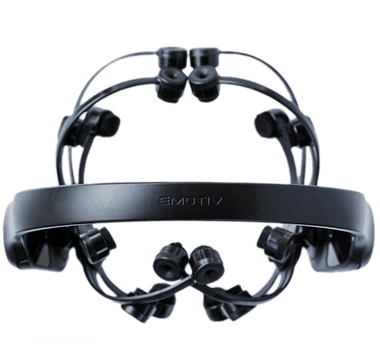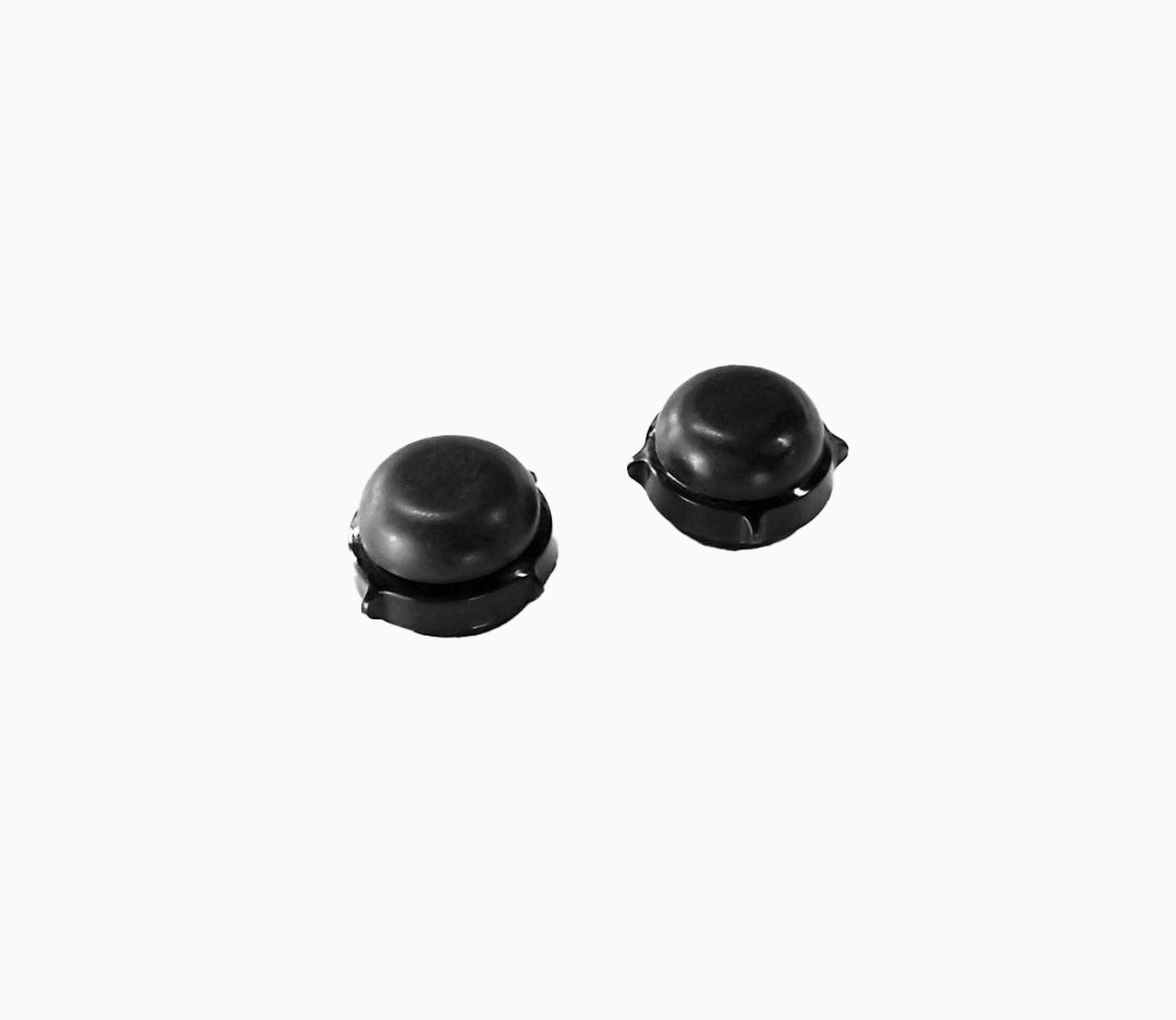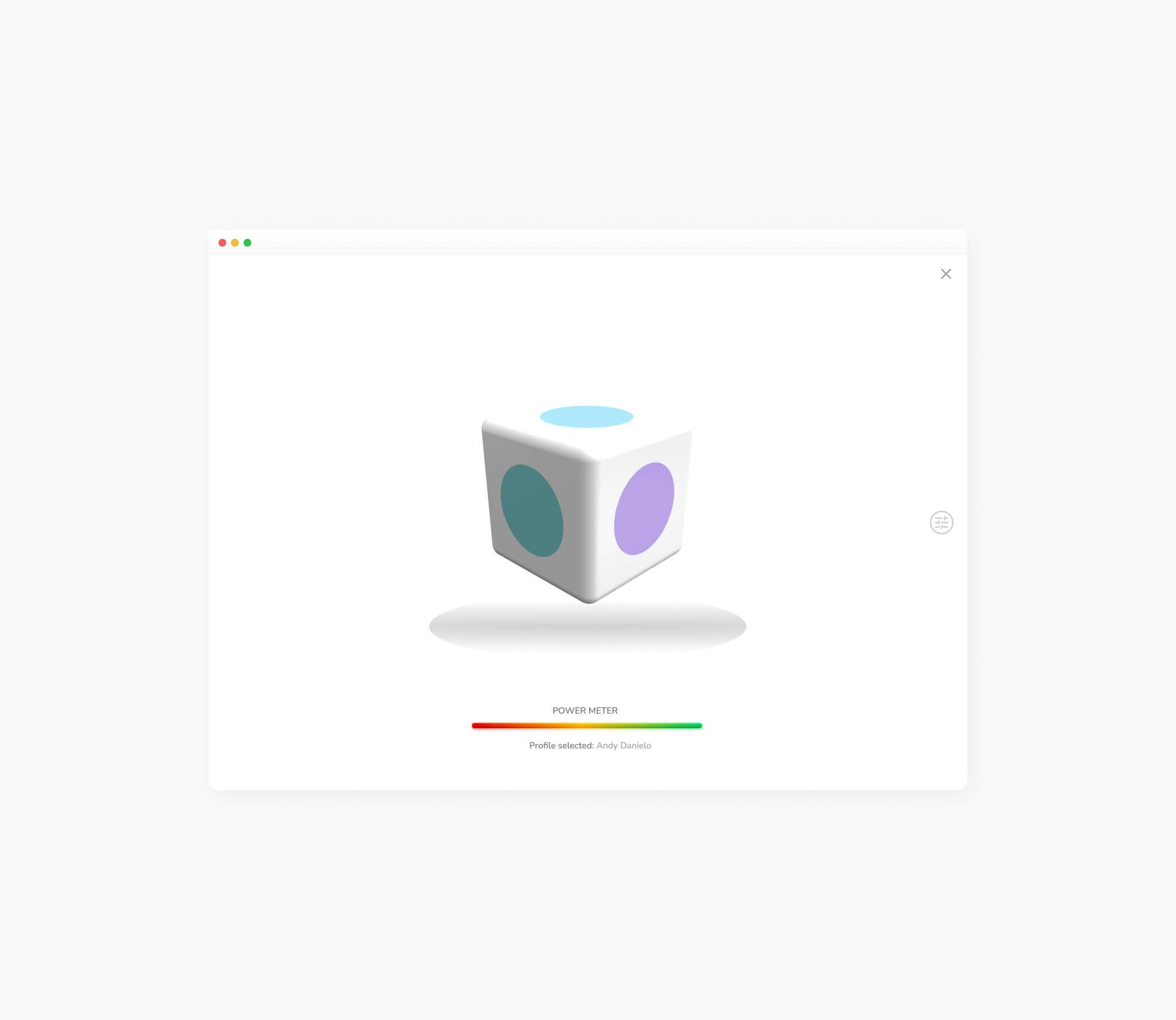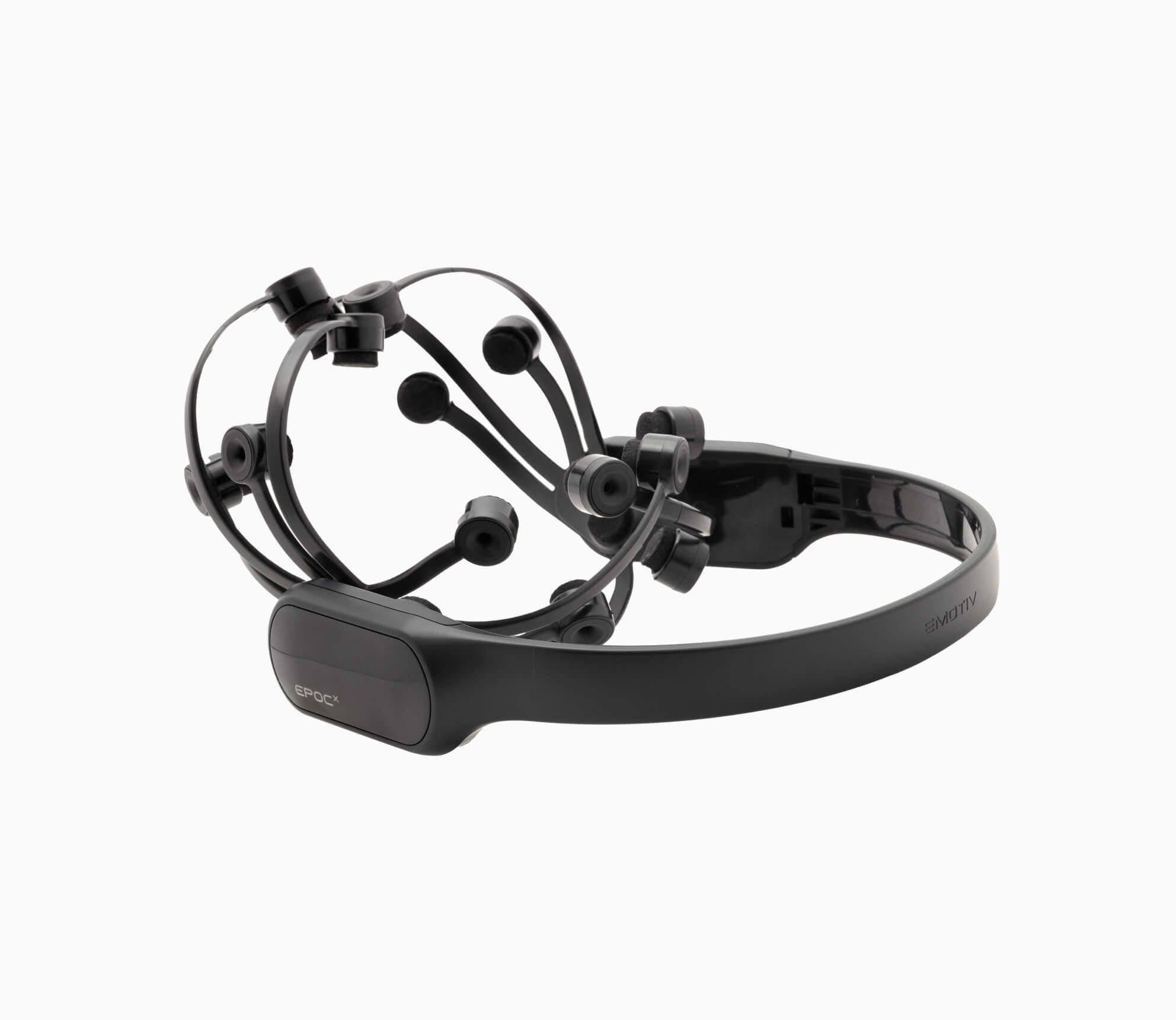EMOTIV Flex has expanded high-density EEG brain research beyond the limitations of traditional lab settings. With its 32 channels, research-grade EEG sensors and wireless technology, Flex opens new avenues for nuanced brain activity measurements in any environment.
Flex's moveable sensors, various head cap sizes, and choice of either gel or saline ensure that you can meet the needs of your studies, as well as the anatomy of your subjects.
However, the key to Flex's success lies in its proprietary wireless technology. The Flex Controller (control box) transmits EEG data in real time without the constraints of cables. This allows comprehensive brain studies in more dynamic and natural environments.
A validation study confirms Flex's capabilities as a research-grade, high-density portable EEG system that captures EEG data similar to research-grade systems. It can also reliably measure research-quality auditory and visual ERPs.
This article discusses how Flex enhances high-density contextual EEG research. We explore its versatility, accuracy, accessibility, and how it can improve the validity of your brain research.
Flexible EEG Sensor Placement
High-density EEG research relies on accurately measuring the brain's electrical activity at many positions on the scalp. Flex's 32 sensors can fit into any of the Flex Cap's 74 openings on the standard 10-20 system. This flexibility is crucial for detailed spatial resolution, facilitating the accuracy and reproducibility of your results.

Gel vs. Saline EEG Sensors
EMOTIV prides itself on creating portable EEG devices with the same sensor quality found in research-grade EEG systems. Flex is available with two sensor options: saline and gel. The sensors you decide to use depend on your research objectives. Here are some things to consider when choosing:
EEG Signal Quality and Stability
Gel-Based Sensors:
- The gel improves signal quality and stability by helping sensors make better contact with the scalp and reducing impedance.
- Many researchers prefer gel sensors for longer EEG recordings.
- Gel sensors capture high-quality EEG data. Vital when accuracy is essential.
Saline-Based Sensors:
- Provides good signal quality.
- Evaporation during experiments can lead to signal fluctuations.
- Refillable sensors help you continue your studies without disruptions.
Participant Comfort and Sensitivity
Gel-Based Sensors:
- Some participants might find the application of gel uncomfortable, especially if they have sensitive skin or scalp conditions.
- The removal process, which often requires hair washing, might also be inconvenient.
Saline-Based Sensors:
- These are more comfortable to wear and easier to remove.
- Removal doesn't require participants to wash their hair, which can be a significant advantage in certain settings.
Set Up Time and Ease of Use
Gel-based Sensors:
- Require more preparation time, so they might not be suitable for some participants.
- Gel must be carefully applied to each sensor to ensure proper contact with the scalp.
Saline-Based Sensors:
- Typically faster and easier to set up.
- Ideal for studies needing quick electrode application or involving multiple participants.
Preparing Your Participants For Successful EEG Data Collection also provides information on preparing the sensors for studies.
Cleaning and Maintenance
Gel-Based Sensors:
- Thorough cleaning is required to remove gel residue from the electrodes.
- Dried gel residue can impede future EEG data recordings.
Saline-Based Sensors:
- Easier to clean and maintain due to the absence of sticky gel residue.
- Saline must be rinsed off the sensors and felts to avoid corrosion.
Our guide Cleaning Your EMOTIV EEG Headset explains more about cleaning and maintaining both sensor types.
Seamless, High-Density EEG Data Transmission
The control box is at the heart of this high-density EEG head cap system. This small device processes and transmits EEG data from all 32 channels using the same wireless technology as its sister headset, EPOC X. It seamlessly connects to your computer or mobile device via Bluetooth, transferring high-density EEG data with millisecond accuracy.
Flex has liberated participants from the tethered, high-density EEG systems found in research labs. When paired with EmotivPRO, you can conduct high-density brain research anywhere. Participants may feel more at ease in a familiar setting, leading to more accurate research results. They can also move more freely, enabling the application of dynamic research, such as sports studies.
The control box works with both saline and gel sensors. It can be placed at the top or back of the Flex Cap for comfort, especially for participants who need head support.

Flex: Redefining High-Density EEG Research
Flex provides unparalleled versatility, precision, and accessibility, expanding the realm of high-density EEG research. By enabling flexible sensor placement and options for both saline and gel-based sensors, you can cater to a wide range of research needs. Its powerful control box provides seamless, real-time data transmission to any device, opening the door to high-density brain research in natural environments that will enrich our knowledge of the human experience.
As we continue to push the boundaries of what's possible in EEG research, Flex will play a pivotal role in uncovering new insights into understanding the most complex organ in the human body.
Flex kits are available with either saline or gel sensors and a choice of Flex Cap size.
Save set-up time with a preconfigured Flex saline kit.






